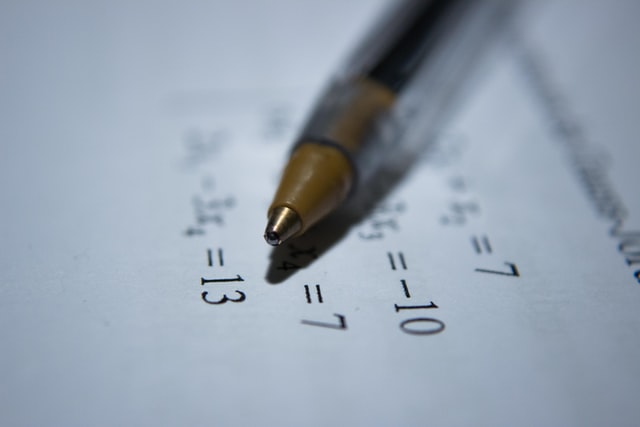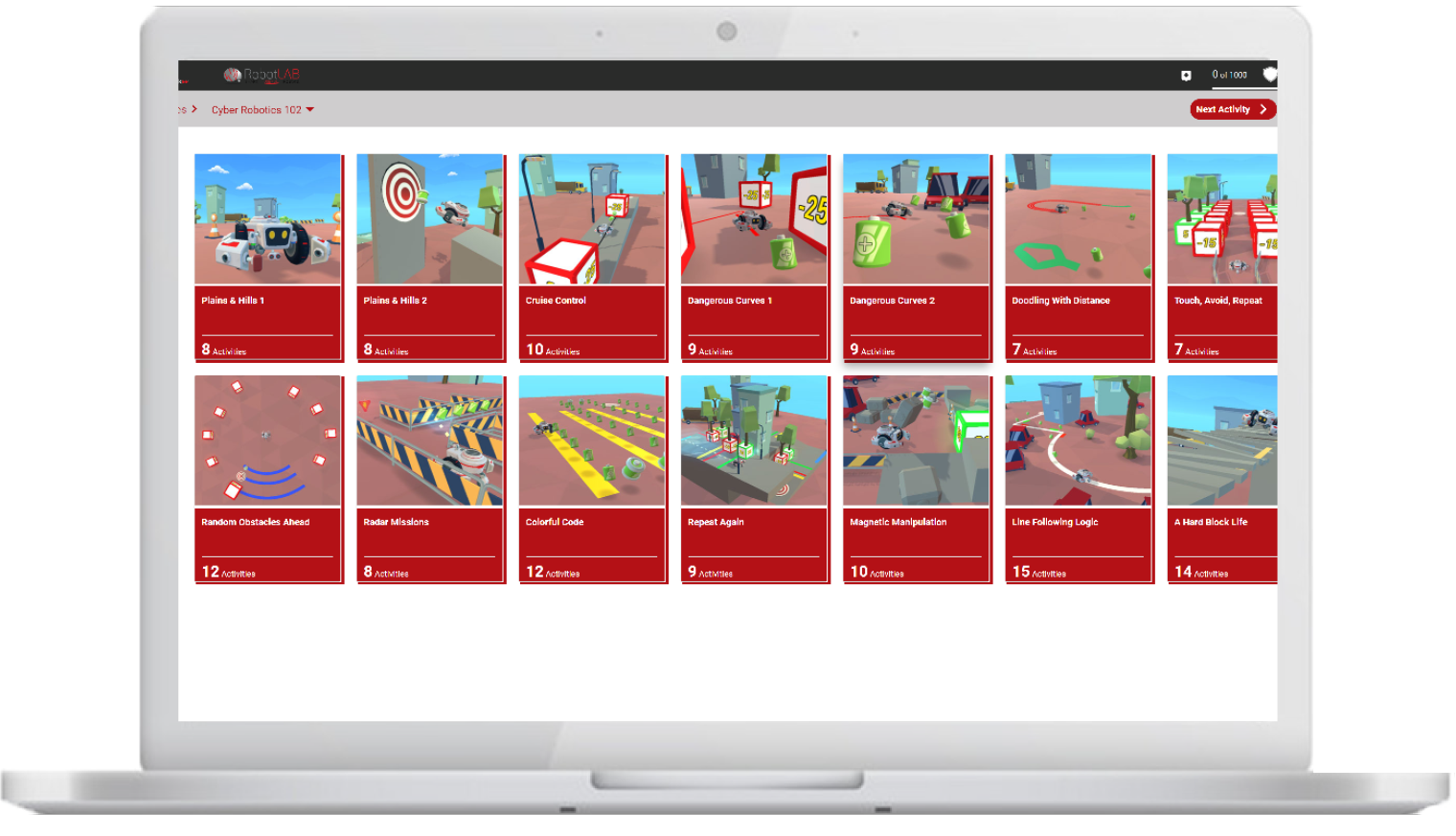 Photo by Antoine Dautry on Unsplash
Photo by Antoine Dautry on Unsplash
Using the right building blocks at the start of students’ mathematical learning can support a lifetime of abstract thinking.
When we are passionate about a topic, or even a hobby, we tend to explore it in as many ways as possible. We might read books or blogs to learn facts, test emerging ideas on paper, and keep notes or ideas in our head until we can talk about the subject as experts.
Children learn very effectively using that same process. Teachers capitalize on this in the classroom, or perhaps these days over Zoom, by using a step-by-step strategy called CPA (concrete, pictorial, abstract) so that students can move from doing (concrete) to seeing (pictorial) to symbolic (abstract). These three building blocks are particularly important in math instruction.
When leading teacher professional development, I like to compare the strategy of moving students from concrete to pictorial to abstract to learning how to drive a car. Once you’re actually driving the car, you’re already in the abstract phase. But how do you reach that point?
First, you must know physically what a car is and what it does. You sit in it and learn about the ignition, the steering wheel, and other key parts, and what they do. Then, you enter the representational phase, in which you envision the steps needed to drive. Maybe you have a progression in your mind’s eye (pictorial) of everything that needs to be done: adjust the seat and mirrors, put on your seat belt, put your foot on the brake, shift into drive, and so on. Finally, after practice, you arrive at the stage where driving becomes so automatic (abstract) that you don’t even think about the checklist of steps.
The goal of using the CPA building blocks is to reach the abstract phase with an understanding that enables flexibility and proficiency in problem solving. A student should ultimately be able to work in the abstract, picking and choosing the facts and tools needed in a particular situation. I’ve found over the years that this strategy improves overall problem-solving abilities in students. They become adept at transferring the skills learned and applying them to new situations.
THE CPA PROGRESSION IN EARLY LEARNING
For children in pre-K or kindergarten, seeing different arrangements of five objects, like buttons or blocks, and counting them to make five (the concrete) helps prepare the students to learn basic math facts. They explore relationships, test ideas, and make connections. Building those foundations of knowledge is key to becoming fluent in computation without always having to rely on a calculator later.
Being able to illustrate the physical objects in a drawn or written model (the pictorial) clarifies ideas, expands perspectives, and opens doors to different approaches to problem-solving. Children learn to translate the objects they see and can touch into a picture by drawing tally marks, dots, or a diagram.
The mathematical representation might also be presented in words to help the student clarify thoughts. So, a student might write a sentence, or the teacher might present the student with a prompting sentence such as, “An arrangement of two dots and three dots is five dots.”
Finally, the most challenging area of learning is moving to the abstract phase. For very young children, this might be recognizing that an arrangement of objects is five without having to count the pieces.
THE CPA PROGRESSION IN UPPER ELEMENTARY AND MIDDLE GRADES
Older elementary and middle grade children benefit from the CPA process as well, as they continue to absorb the abstract. For instance, the idea of adding “like objects” may seem very simple with whole-number computation, but a solid grasp of the concept becomes a critical framework for tackling more advanced material in upper grades, including calculations with rational numbers (fractions) or unknowns (variables).
For example, if students have a thorough understanding of how like quantities are combined, such as in “2 + 3 = 5,” they can tackle increasingly complex problems rooted in these ideas with much more ease. Some examples:
-
2 apples + 3 apples adds up to 5 apples.
-
2 sixths and 3 sixths equals 5 sixths, or 2/6 + 3/6 = 5/6.
-
2 like unknowns and 3 like unknowns is 5 like unknowns, or 2x + 3x = 5x.
These last two examples appear in math curricula from upper elementary through algebra and are common stumbling—or building—blocks for students. When students struggle with how to add variables in algebra, they may have missed a connection necessary to go the entire way from concrete to abstract. In this case, objects that are alike may be combined, no matter how intangible the objects are. Just as apples and apples are alike, x’s and x’s are alike and may be added.
PRINCIPLES TO GUIDE YOU AS YOU USE CPA BUILDING BLOCKS WITH YOUR STUDENTS
Parents who didn’t learn this way might ask, “Why go through all that trouble? It takes so much time, and do you really need buttons or blocks in math class?” You might explain CPA to parents this way: It’s like having training wheels before learning how to ride a regular two-wheeler. It helps you get started and can save time later by growing understanding now. With math, you may be able to go straight to abstract thinking, but it’s helpful to have a fallback to reconstruct the process in case you forget the equation or need to apply the idea to a new or more complex problem.
Also, learning isn’t always linear. Some young children may get to the pictorial phase quickly or understand a concept in an abstract way when a topic is first introduced. But that’s not the point of entry for most children, and if a child is confused later, it may be necessary to revisit an earlier step.
Remember as well that symbols, equations, and even mathematical terms can be a mystery when students first encounter them, to the point where they can look like a foreign language. Building from concrete to pictorial to abstract gives students a process to crack the code and understand the “language” used.
Finally, CPA is natural scaffolding. It’s important that students connect the three phases and see them as linked, as opposed to perceiving them as three separate and unrelated steps. Teachers can give prompts and lead students to make connections if they are not getting it on their own. When a student struggles with a concept in later grades, teachers can frequently trace that gap to the learning development in earlier grades when the concrete or pictorial areas were skipped or perhaps not connected. Teachers can sometimes address the problem by returning to a more foundational level and making intentional connections between phases.
Whether you’re shifting your teaching practice or being more intentional about a strategy you already use, leveraging the CPA building blocks as a core instructional approach will have lasting benefits for you and your students.
Discover more online Resources with RobotLAB!

CoderZ is an online educational environment that improves students 21st century skills, while they are having fun programming their own virtual cyber robot. CoderZ and RobotLAB has different lessons to do at home! Check them out Here

